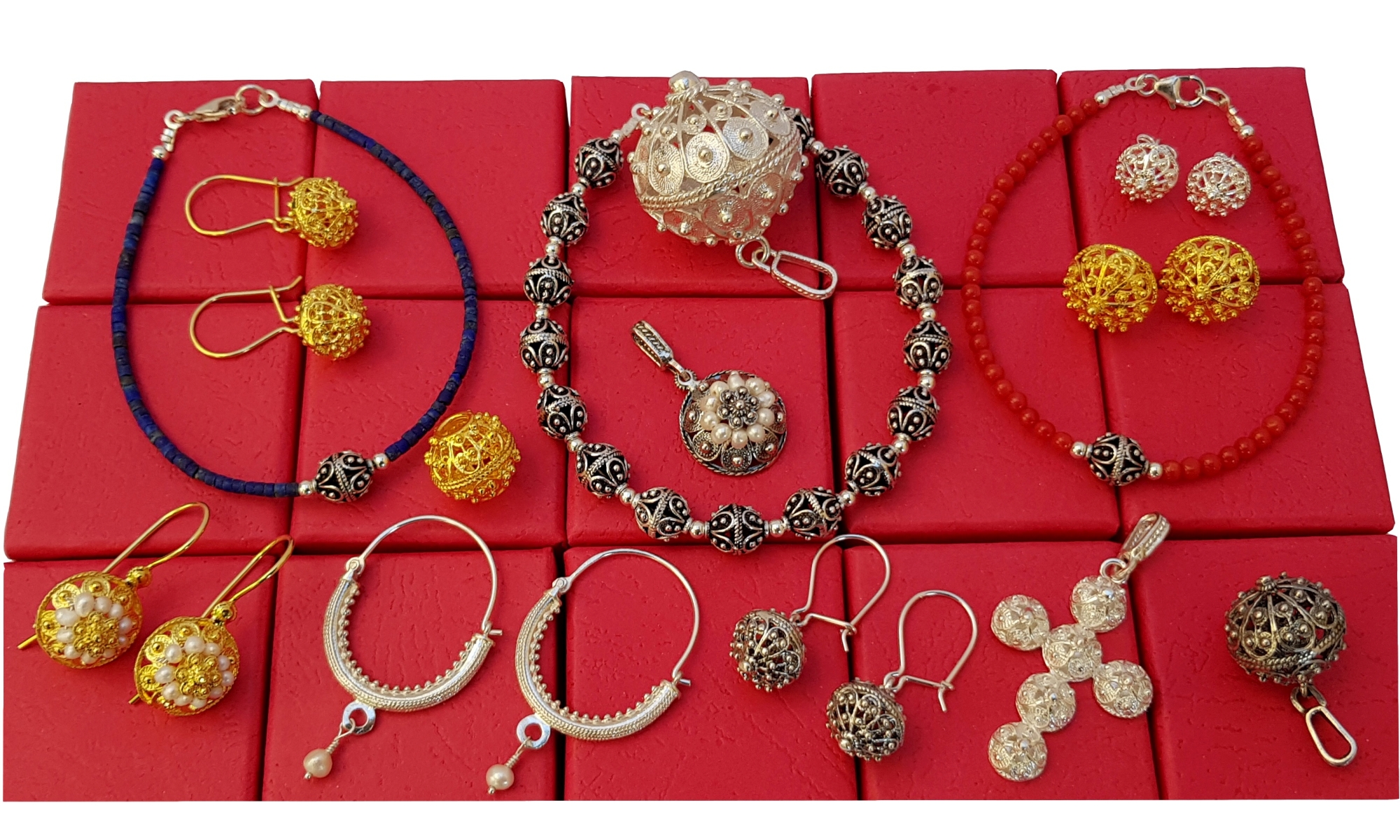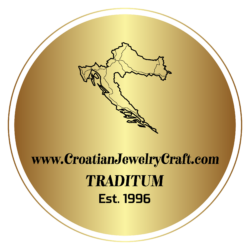Hello,
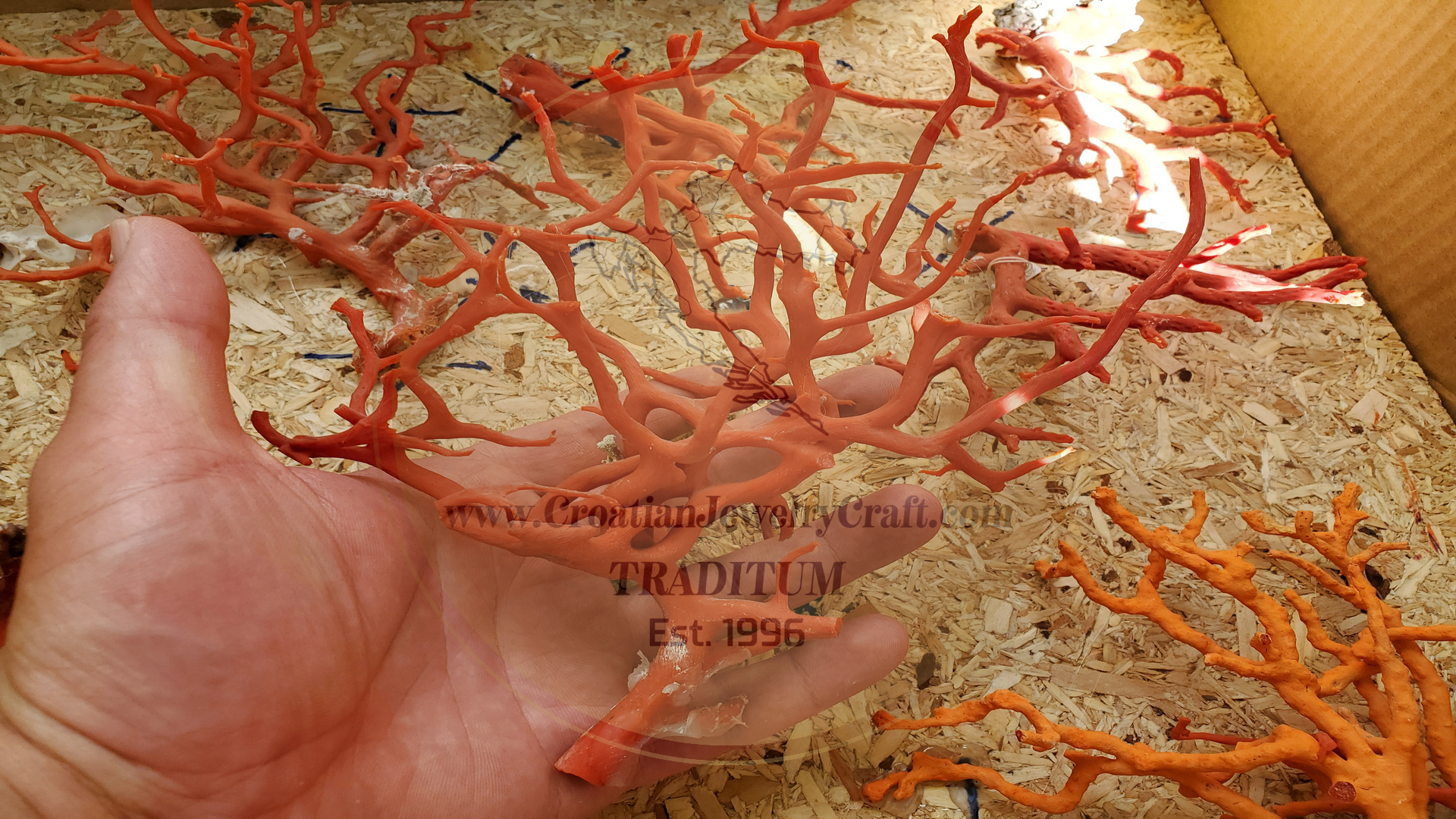
Shown on the above photo are samples of the large and nicely-formed Mediterranean coral branches which were on display in a jewelry gallery.
Harvesting of the Mediterranean coral is officially regulated in order to achieve non-intensive exploitation. Mediterranean coral is usually very small in size, and due to the climate-changes, prone to coral diseases and parasites. For this reason, branches such as these are old, very rare and are not being processed into jewelry making material.
Depending on the size and condition of the coral branches, they are processed either into branch-formed pendants & earrings, or coral beads.
First steps in turning raw coral material into jewelry are always manual: delicate coral branches in their natural state are covered with crust ( branch on the bottom right ) and they first need to be initially cleaned and inspected for structural defects. Next step is to grade and then separate the material for further processing.
This separation and processing creates a lot of waste material which is not suitable for direct implantation into jewelry, but it gets repurposed for other uses, so none of the precious material gets wasted.
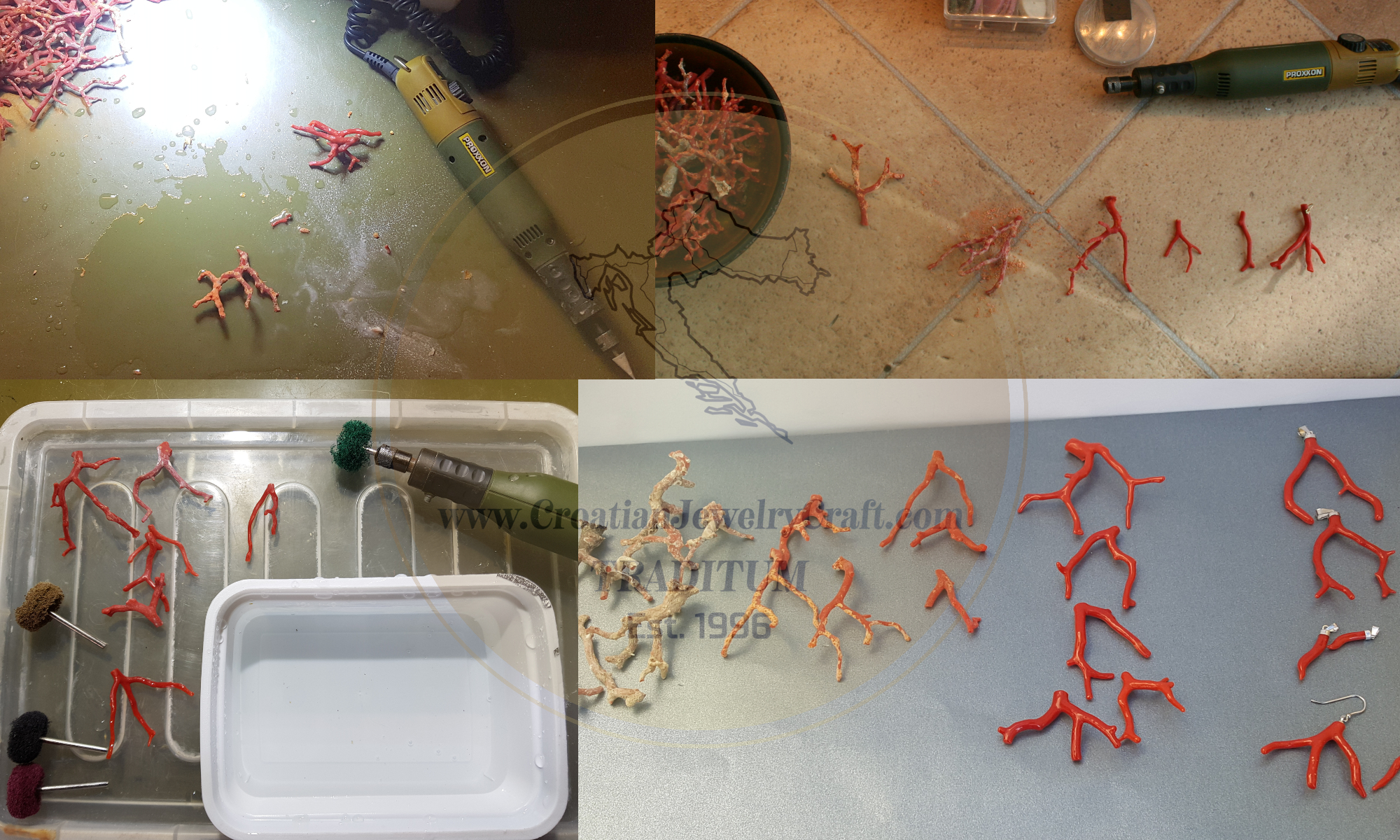
Most closer-to-natural jewelry style is achieved by keeping the branches in their naturally-formed shape and turning them into pendants, earrings and necklaces made up of individual coral branches.
On the above photo, the entire process of turning the raw branches into earrings and pendants was done manually with only basic tools but with a a lot of patience and experience.
This is rewarding but meticulous and time-consuming work. Branches are cleaned, cut, formed, and polished several times until they become suitable to be implemented into the final jewelry product. Because of all this, jewelry made from Mediterranean coral is unique and valuable. Coral branches that we have on offer are either fine polished to high-gloss finish or polished to satin finish for closer to natural surface look.
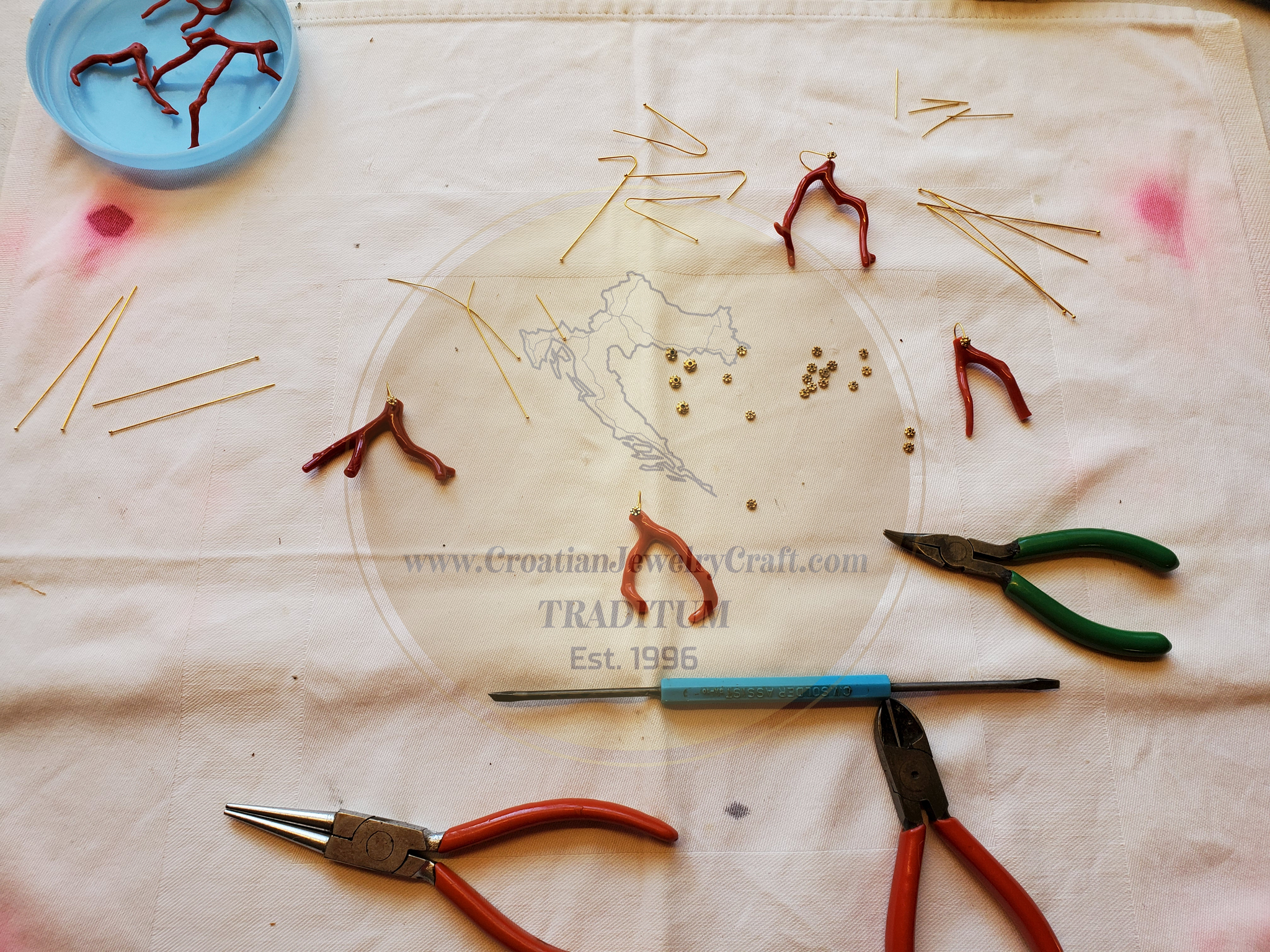
Best regards
Dino
